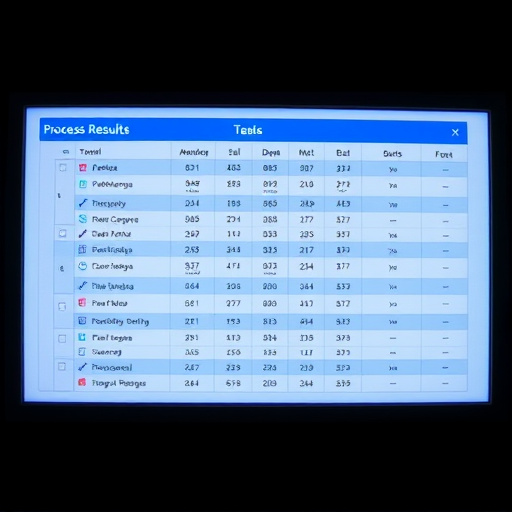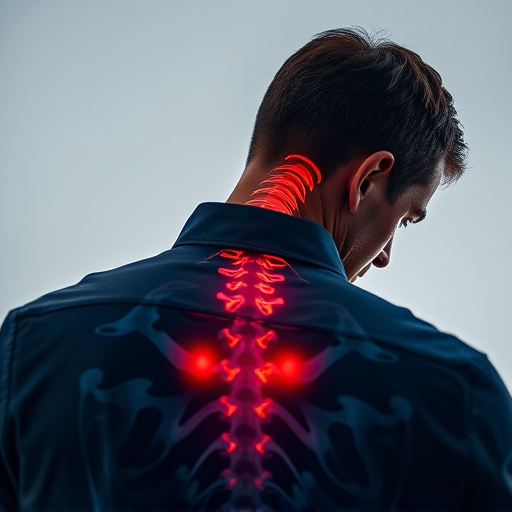In turbocharged vehicles, achieving optimal engine performance hinges on cold air intake (CAI) turbo compatibility. A well-integrated CAI system, designed for seamless interaction with the intercooler, enhances boost levels by ensuring cool, dense air supply to the engine. Proper fitment, adequate airflow, and correct pressure differentials are crucial for enhancing turbine efficiency and maximizing boost output, resulting in improved throttle response and increased horsepower. Selecting CAIs specifically tailored for turbo compatibility significantly contributes to the reliability and performance of turbocharged vehicles.
“Enhance your vehicle’s performance with an efficient intercooler system, especially when paired with a cold air intake turbo. This article delves into the crucial aspects of intercooler compatibility, focusing on its synergy with cold air intake turbos to maximize boost and overall efficiency. We explore factors influencing performance, guiding you through seamless integration for optimal turbocharger functionality. By understanding these considerations, folks can ensure their vehicles not only withstand but revel in the power of this game-changing combination.”
- Understanding Intercooler and Cold Air Intake Turbo Compatibility
- Factors Affecting Boost Performance and Efficiency
- Ensuring Seamless Integration for Optimal Turbocharger Performance
Understanding Intercooler and Cold Air Intake Turbo Compatibility

In the pursuit of optimal engine performance, understanding cold air intake turbo compatibility is paramount, especially for vehicles boosted by intercoolers. An intercooler, a crucial component in turbocharged systems, functions to cool compressed air before it enters the engine, enhancing efficiency and power output. It works hand-in-hand with a cold air intake (CAI), which draws in cold, dense air from outside the vehicle for better combustion. For seamless operation, the intercooler and CAI must be designed to work together harmoniously.
In ensuring cold air intake turbo compatibility boost, factors such as airflow patterns, placement of components, and material compatibility come into play. A well-designed setup allows for maximum cold air entry while minimizing heat transfer from the engine compartment, leading to improved boost pressure and overall engine performance. Thus, selecting intercoolers and CAIs that are specifically designed to work together can significantly impact the boost capabilities and reliability of a turbocharged vehicle.
Factors Affecting Boost Performance and Efficiency

The performance and efficiency of a turbocharged engine heavily rely on several factors, many of which are interconnected. One key aspect is the engine’s ability to draw in cold air, as this contributes to better combustion and higher boost levels. This is where cold air intake (CAI) systems play a crucial role; they ensure that a sufficient volume of cool, dense air reaches the turbocharger, enhancing its output. The compatibility between the CAI and the existing turbo system is essential; proper alignment and fitting are required to avoid any restrictions or leaks that could hinder boost performance.
Additionally, the overall efficiency of the turbocharged engine depends on the health and performance of the turbocharger itself. Factors such as compression ratio, displacement, and the quality of fuel all impact how effectively the turbo can increase pressure, resulting in enhanced power and torque. Maintaining these aspects within optimal ranges, along with regular servicing, ensures that the turbo performs efficiently, maximizing the potential boost levels and contributing to a more responsive and powerful driving experience.
Ensuring Seamless Integration for Optimal Turbocharger Performance

Ensuring seamless integration between a cold air intake (CAI) and a turbocharger is paramount for achieving optimal performance in turbocharged vehicles. When selecting a CAI designed for turbo compatibility, consider systems that are specifically engineered to work in harmony with your vehicle’s turbocharger. This involves ensuring proper fitment, allowing for adequate airflow, and maintaining the correct pressure differentials across the turbocharger.
A well-designed CAI should boost cold air supply to the engine while minimizing restrictions, thereby enhancing turbine efficiency and maximizing boost output. By integrating a CAI that aligns with your turbocharger’s specifications, you create an environment conducive to enhanced performance, improved throttle response, and increased horsepower—all hallmarks of a successfully optimized turbocharged setup.
When considering a cold air intake turbo setup, understanding intercooler compatibility is key to achieving optimal boost performance and efficiency. By evaluating factors like heat transfer, air flow, and physical clearance, you can ensure seamless integration between the intercooler and your chosen turbocharger. This, in turn, allows for maximum power output while maintaining engine health, making it a crucial step in enhancing your vehicle’s performance.














